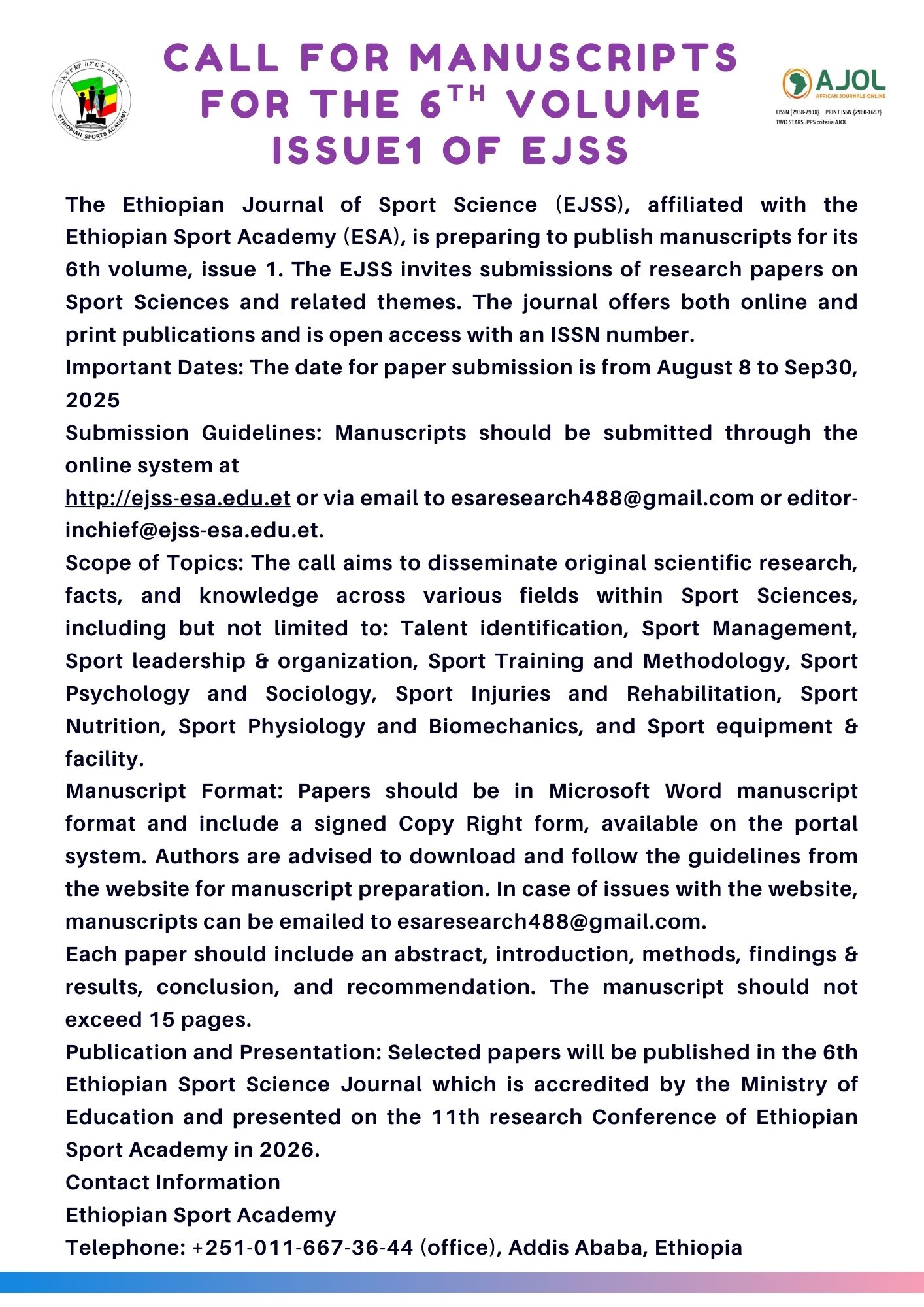Concurrent Training and its Acute Effect on Running Performance
Keywords:
endurance training, running economy, running time to exhaustion, strength trainingAbstract
Purpose: This study examined the acute effects of concurrent training on running performance. Methods: Twenty-five male and 15 female moderately trained individuals were evenly assigned into concurrent training (CCT) and strength-training (ST) groups. The CCT group undertook strength training on alternating days combined with endurance training on consecutive days for 6 days. One week later, the CCT group conducted 3 consecutive days of endurance training only to determine whether fatigue would be induced with endurance training alone (CCT-Con). Endurance training was undertaken to induce endurance-training stimulus and to measure the cost of running (CR), rating of perceived exertion (RPE), and time to exhaustion (TTE). The ST group undertook 3 strength-training sessions on alternating days. Maximal voluntary contraction (MVC), rating of muscle soreness (RMS), and rating of muscle fatigue (RMF) were collected prior to each strength and endurance session. Results: For the CCT group, small differences were primarily found in CR and RPE (ES ¼ 0.17–0.41). However, moderate to large reductions were found for TTE and MVC (ES ¼ 0.65–2.00), whereas large increases in RMS and RMF (ES ¼ 1.23–2.49) were found prior to each strength- and endurance- training session. Small differences were found in MVC for the ST group (ES ¼ 0.11) and during CCTC on for the CCT group (ES ¼ 0.15–0.31). Conclusion: Combining strength training on alternating days with endurance training on consecutive days impairs MVC and running performance at maximal effort and increases RMS and RMF over 6 days.





